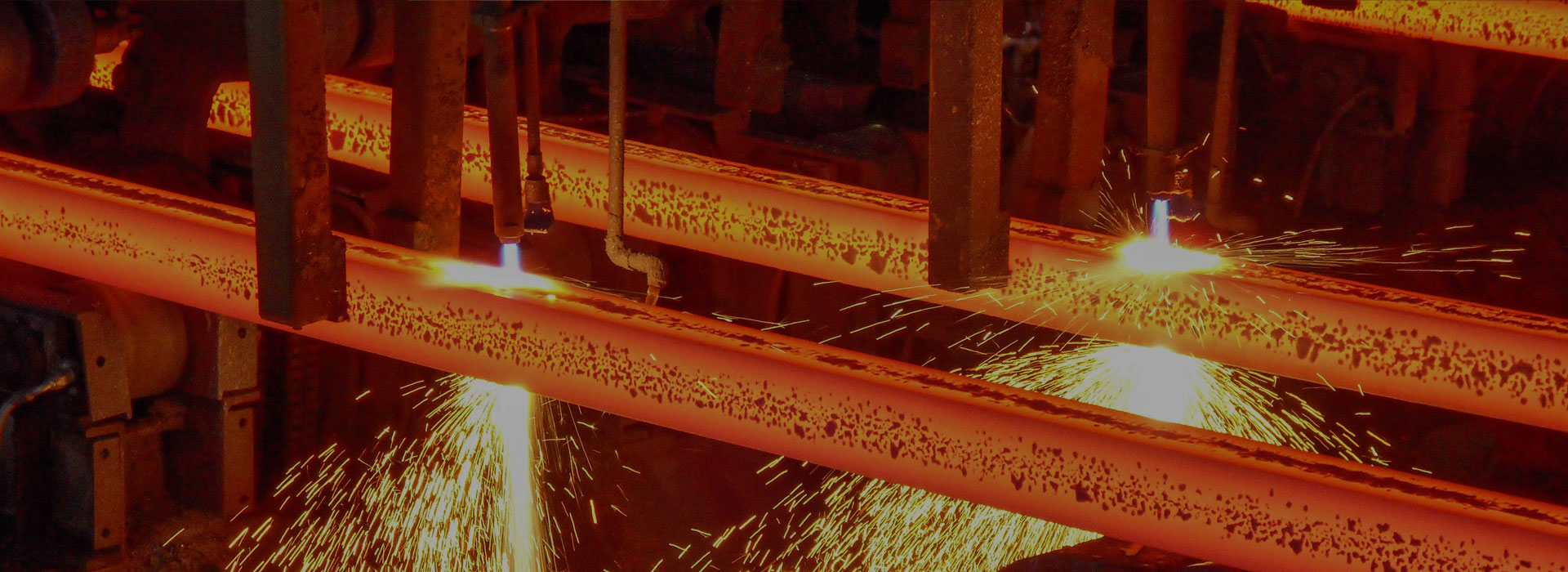What Is Bonded Post Tensioning System
2024-05-27
A Bonded Post Tensioning System is a method used in construction to reinforce concrete structures, such as bridges, buildings, and parking garages.
In this system, high-strength steel tendons are placed within ducts or sleeves in the concrete before it is poured. Once the concrete has hardened, the tendons are tensioned and then anchored at the ends of the structure.
The tendons are then bonded to the concrete using grout or other bonding materials to transfer the tension forces to the concrete. This process helps to increase the strength and durability of the structure, as well as reduce the potential for cracking and deflection under load.
Bonded post-tensioning is commonly used in larger structures where longer spans and higher load capacities are required. It offers several advantages, such as allowing for thinner concrete sections, faster construction times, and cost savings in materials.
Bonded Post-Tensioning comprises tendons from one to multiple strands (multistrand) or bars. For bonded systems, the prestressing steel is encased in a corrugated metal or plastic duct. After the tendon is stressed, cementitious grout is injected into the duct to bond it to the surrounding concrete. Besides, the grout creates an alkaline environment which provides corrosion protection for the prestressing steel.
Bonded multi-strand systems, while used extensively in new construction of bridges and transportation structures, can be and have been successfully applied to commercial building structures. When these multi-strand systems are used for large structural elements such as beams and transfer girders, design advantages include increased span lengths and load carrying capacity and reduced deflection.




